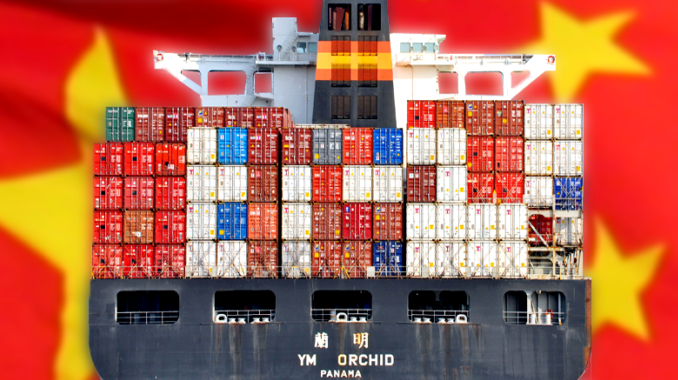
New US tariffs on $16 billion in goods manufactured in China went into effect on Thursday.
The tariffs, announced on August 7, would impose a 25% tax on 279 different types of products imported from China. The targeted items largely include industrial technology, such as semiconductors, plastics, certain chemicals, and railway equipment, as well as other products like motorcycles, speedometers and antennas.
The selection of taxed materials is significant because, according to United States Trade Representative Robert Lighthizer, the White House has chosen them specifically to combat the “Made in China 2025” program, an economic strategy organized by the Chinese government to boost its development of advanced manufacturing. According to Ambassador Lighthizer,
“China’s government is aggressively working to undermine America’s high-tech industries and our economic leadership through unfair trade practices and industrial policies like ‘Made in China 2025.’ Technology and innovation are America’s greatest economic assets and President Trump rightfully recognizes that if we want our country to have a prosperous future, we must take a stand now to uphold fair trade and protect American competitiveness.”
Office of the United States Trade Representative
A full list of Chinese items chosen for this latest round of tariffs can be viewed on the USTR’s website here.
As The Washington Post explains, the Chinese plan would implement “government subsidies, heavy investments in research and innovation, and targets for local manufacturing content” in an effort to move its manufacturing economy beyond products such as textiles, shoes, and consumer electronics, while also building on extant government policies that constrain foreign companies wanting access to Chinese markets to “enter into joint ventures with, and transfer technology to, domestic firms.”
China met the new tariffs by following through on their earlier threat to match the US tit-for-tat with tariffs of their own. As announced on August 8, China designated 333 categories of American-made wares for a 25% tax, including large passenger cars and motorcycles, various fuels, fiber optical cables, coal, grease, Vaseline, asphalt and plastic products, and recyclables.
The new tariffs take effect just as Chinese and US officials meet to discuss trade negotiations this week, discussions that business groups hope will this time prove fruitful. However, President Trump has expressed skepticism towards the talks, telling Reuters in an interview on Monday that he did not “anticipate much” from them. He also declared that he had “no time frame” for coming to terms with China, insisting that “I’m like them; I have a long horizon.” Meanwhile, China has indicated on state-run news that Washington has “remained vague” in its specific aims throughout the talks, according to Reuters.
Washington has already threatened to impose a 25% tariff on a further $200 billion in Chinese goods, should negotiations continue to prove unproductive. China, unable to match that amount, has instead hinted that Apple’s future in the country may no longer be guaranteed. They also promised to take the matter before the World Trade Organization in a statement released on Thursday.
The United States has been willing to go its own way. On August 23, under the 301 investigation, a 25% tariff was imposed on the $16 billion imported from China, which is clearly suspected of violating WTO rules. In this regard, China firmly opposes and has to continue to make the necessary counterattacks. At the same time, in order to defend free trade and the multilateral system and defend its legitimate rights and interests, China will file a lawsuit against this taxation measure under the WTO dispute settlement mechanism.
Chinese Ministry of Commerce, Translation Courtesy of Google Translate
Why It Matters
Aside from the obvious economic repercussions involved with tariffs, another effect worth mentioning is that President Trump’s aggressive approach to Chinese trade stirs up nationalist sentiment, not only in the US, but in China as well. That fuels initiatives such as Made in China 2025 while also diminishing the relationship between the two countries – a recipe that could spell dire consequences farther down the road.
